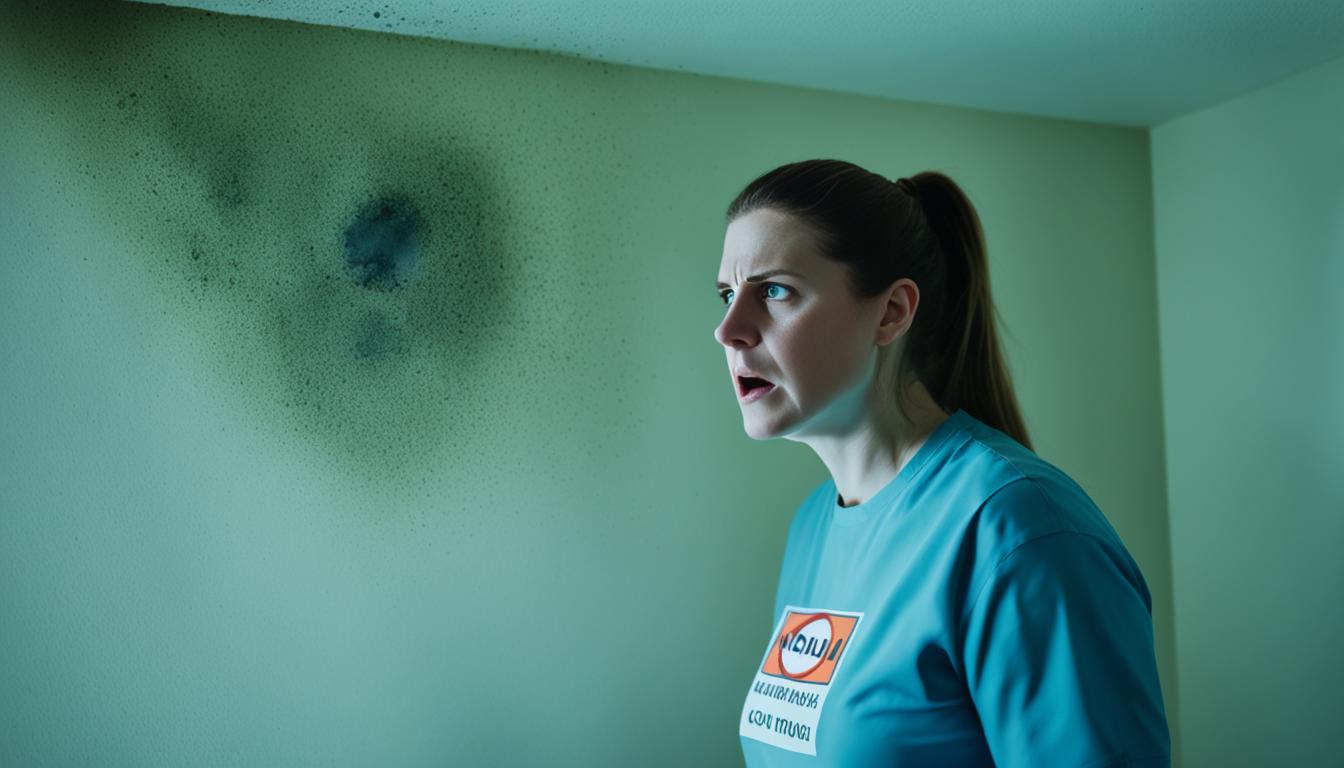
Harmful Mold Exposure Limits in Florida – Stay Safe
Living in Florida, known for its humid climate, means being exposed to various environmental factors that can affect your health. One such factor is mold, which thrives in the moist conditions prevalent in this region. While mold is common and can often be harmless, certain types of mold can pose significant health risks if exposure limits are exceeded. It is crucial to understand the harmful mold exposure limits in Florida to ensure the well-being of yourself and your family.
Exposure to harmful mold can have detrimental effects on respiratory health, leading to symptoms such as coughing, wheezing, and shortness of breath. Individuals with pre-existing respiratory conditions, allergies, or weakened immune systems are particularly vulnerable to the negative impact of mold exposure.
To protect yourself and your loved ones, it is important to be aware of the types of molds commonly found in Florida and the associated health risks. Taking preventive measures to limit mold growth and promptly addressing any signs of mold in your living or working environment is crucial. Regular mold assessments and remediation can help maintain a safe environment.
Key Takeaways:
- Living in Florida, mold exposure is a common concern due to its humid climate.
- Harmful mold exposure can have significant health risks, particularly for those with respiratory conditions or weakened immune systems.
- Understanding the types of molds commonly found in Florida and their associated health risks is crucial for prevention.
- Taking preventive measures, such as regular assessments and mold remediation, can help maintain a safe environment.
- Stay informed and take necessary precautions to keep yourself and your family safe from the potential hazards of mold exposure in Florida.
Understanding Mold Exposure Levels in Florida
In the humid climate of Florida, it is crucial to understand the levels of mold exposure that can be harmful to your health. Mold is a common issue in this region due to the high humidity levels, which create a conducive environment for mold growth.
There are various types of molds commonly found in Florida, including but not limited to Aspergillus, Cladosporium, and Stachybotrys. Each mold type presents different risks to individuals, ranging from mild allergic reactions to more severe respiratory problems.
Mold exposure can occur through inhalation, ingestion, or direct contact with mold spores. When mold spores are released into the air, they can easily enter the respiratory system, causing health problems for sensitive individuals.
Exposure to mold can lead to a range of health effects, depending on the individual’s sensitivity and the level of exposure. These effects may include allergic reactions, respiratory issues, eye and skin irritation, and even exacerbation of underlying respiratory conditions such as asthma.
It is important to be aware of the mold exposure levels in your surroundings, particularly if you live or work in an area prone to mold growth. Regular inspections and mold testing can help determine the extent of mold contamination and assess the potential health risks.

To provide a comprehensive overview of mold exposure levels in Florida, the following table presents a comparison of common mold types, their associated health risks, and the recommended exposure limits:
| Mold Type | Health Risks | Recommended Exposure Limits |
|---|---|---|
| Aspergillus | Allergic reactions, respiratory issues | Not exceeding 50 spores/m³ |
| Cladosporium | Allergic reactions, eye and skin irritation | Not exceeding 500 spores/m³ |
| Stachybotrys | Severe allergic reactions, respiratory issues | Not exceeding 10 spores/m³ |
These exposure limits are based on recommendations from health organizations and regulatory bodies to help safeguard the well-being of individuals living or working in areas with mold growth. It is important to note that these limits can vary depending on individual sensitivities and the severity of mold contamination.
In the next section, we will discuss the safe levels of mold exposure in Florida according to recommended guidelines and standards set by health organizations and regulatory bodies.
Safe Levels of Mold Exposure in Florida
In Florida, understanding the safe levels of mold exposure is crucial to protecting your health and well-being. Health organizations and regulatory bodies have established recommended guidelines and standards to ensure individuals can maintain a safe living and working environment.
Guidelines and Standards for Mold Exposure
Health organizations such as the Centers for Disease Control and Prevention (CDC) and the Environmental Protection Agency (EPA) have developed guidelines to define safe levels of mold exposure. These guidelines take into account factors such as the type and concentration of mold spores in the air, as well as the duration of exposure.
According to the CDC, individuals should aim to limit indoor mold levels to the same as or lower than outdoor levels. This can be achieved by implementing effective moisture control measures, promptly addressing any water damage or leaks, and ensuring adequate ventilation throughout the living or working space.
Precautions to Limit Mold Exposure
To maintain safe levels of mold exposure in your environment, it is important to take necessary precautions. These include:
- Regularly inspecting your property for signs of mold growth, such as musty odors or visible mold.
- Managing indoor humidity levels to prevent excess moisture accumulation, ideally keeping it below 50%.
- Using air conditioning or dehumidifiers in humid areas, particularly during hot and humid months.
- Ensuring proper ventilation in areas prone to moisture, such as bathrooms and kitchens.
- Cleaning and drying any water-damaged materials or belongings within 24-48 hours to prevent mold growth.
- Wearing protective gear, such as gloves and masks, when dealing with mold or performing mold remediation.
Conclusion
Understanding the harmful mold exposure limits in Florida is crucial for creating and maintaining a safe and healthy living environment. Mold exposure in humid climates like Florida can pose significant health risks and should not be taken lightly. By being aware of the potential dangers and taking proactive measures, you can protect yourself and your loved ones from the harmful effects of mold.
Regular mold assessments and remediation are essential to prevent mold growth and ensure that your indoor spaces remain safe. It is important to monitor areas prone to moisture, such as bathrooms, kitchens, and basements, as these are common breeding grounds for mold. Taking preventive actions, such as controlling humidity levels, fixing plumbing leaks promptly, and using proper ventilation, can help minimize the risk of mold growth.
Furthermore, it is advisable to consult professionals with expertise in mold assessment and remediation to ensure a thorough and effective approach. They can help identify the presence of mold, assess its severity, and provide appropriate solutions to mitigate the issue. Remember, prompt action is key when dealing with mold to prevent further damage and potential health hazards.
In conclusion, staying informed about the harmful mold exposure limits in Florida and taking the necessary precautions is vital. By prioritizing mold prevention, regular assessments, and timely remediation, you can create a safe and healthy environment for you and your family to thrive in. Protect yourself from the risks associated with mold exposure and maintain peace of mind in your Florida home.




